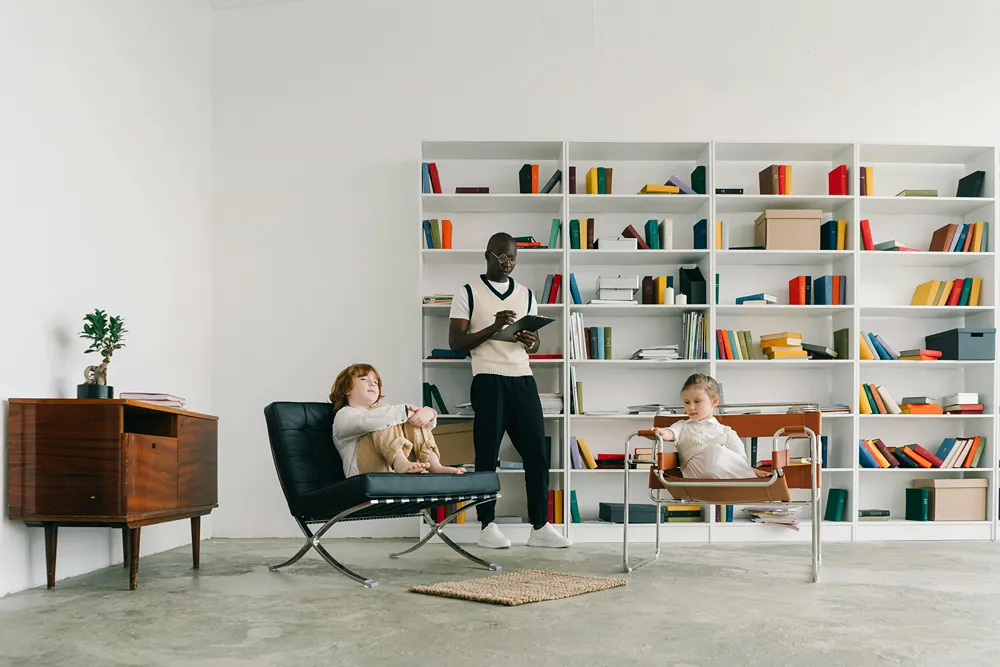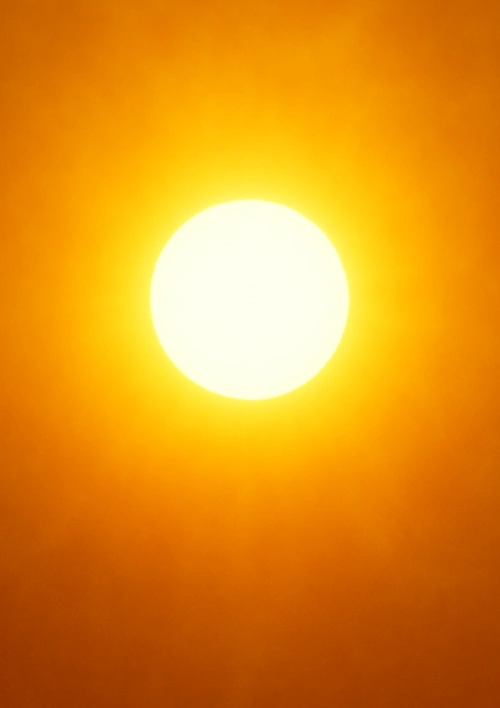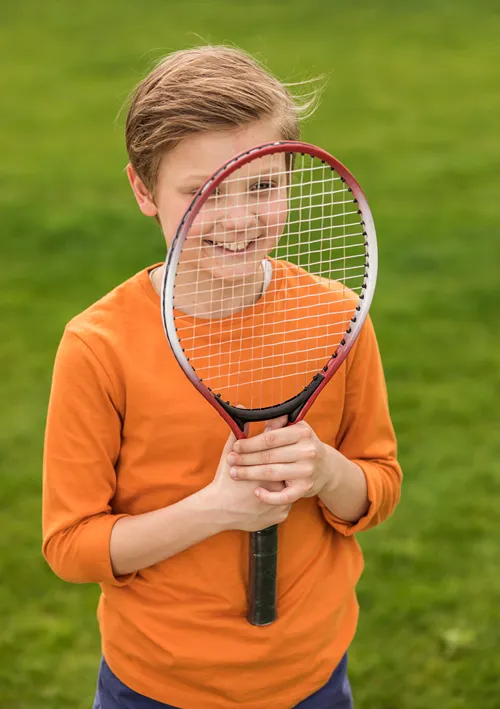How Schools Can Better Support Students With Autism
Many families and teachers talk about how important it feels when a student with autism gets the right support at school. It is one of those things that makes a big difference in a child’s day. You can see it in the way a student relaxes when the classroom feels predictable or when a teacher understands their communication style. Schools have a real chance to create these moments every day.
Students with autism have a wide range of strengths and needs. Some communicate in unique ways. Others process information in ways that make them see the world with great detail. Some thrive with structure. Others thrive with quiet reassurance. When schools learn how to meet these needs with care and consistency, students feel ready to learn.
Let’s explore clear and real steps schools can take to support students with autism.
1. Building Strong Teacher Understanding of Autism
Teachers play a huge role in how students with autism experience school. A classroom becomes a comfortable place when a teacher knows how autism can look in everyday situations. Some students avoid eye contact. Others need extra time to switch tasks. Many students use routines to feel calm. When teachers understand these things, students feel safe expressing themselves.
Training helps teachers understand autism in a practical way. Schools can offer workshops, coaching, and regular learning sessions. Teachers can learn how sensory needs affect behavior. They can explore how communication differences shape student reactions. They can also learn how to read signs that a student feels overwhelmed.
Some teachers also build their skills through an online special education degree, which gives them long-term knowledge about autism, learning needs, and effective instructional strategies. This type of preparation helps teachers feel confident and ready to support students.
Peer learning also matters. Teachers often learn a lot from each other. When staff share strategies, the whole school benefits. It creates a culture where collaboration becomes normal. It also builds trust among teachers and helps students get consistent care.
2. Creating Predictable and Comfortable Classroom Environments
Students with autism feel more comfortable when they know what to expect. Predictable spaces reduce stress and help students focus. Schools can support teachers by helping them set up classrooms that feel organized and calm.
Visual schedules help students know what comes next. Simple images or short words can guide them through the day. Many students also do better when the classroom has a clear layout. They need to know where to sit, where to find materials, and where to go for quiet time.
Small details matter. Soft lighting helps students who feel sensitive to brightness. Clear labels make transitions easier. Calming corners give students a place to relax when they feel overwhelmed.

3. Using Clear and Supportive Communication Techniques
Communication differences are common for students with autism. Some use short phrases. Others use devices or gestures. Some speak fluently but struggle with social cues. Teachers can make communication easier by using clear and supportive techniques.
Simple language works best. Short directions help students process information. Modeling helps students understand what to do. Visual aids like pictures or written steps support understanding.
Teachers also need time to learn each student’s communication style. Some students respond well to visual cues. Others need verbal reminders. Some need extra pauses before they answer. When teachers understand these patterns, students feel more comfortable and engaged.
4. Offering Personalized Learning and Flexible Instruction
Every student with autism has different strengths. Some excel in reading. Others shine in math or creative activities. Schools support students best when instruction feels flexible and personal.
Small group instruction helps reduce distractions and gives students more focused attention. Choice-based learning helps students stay motivated. Some students enjoy writing on paper. Others prefer using a tablet. Some show understanding through projects instead of tests.
Schools can also allow flexible timing. Some students need a few extra minutes to finish an assignment. Others need breaks to help them stay regulated. These small adjustments do not lower expectations. They simply help students reach those expectations in a way that works for them.
Personalized learning helps students feel successful. It shows them that the school understands who they are and how they learn.
5. Strengthening Collaboration With Families
Families know their children better than anyone else. They see what works at home and what challenges come up during daily routines. When schools build strong partnerships with families, students benefit.
Open communication creates trust. Schools can share updates through quick emails, notes, or calls. They can invite families to share strategies that work at home. Regular meetings help everyone stay on the same page.
Families appreciate when schools listen without judgment. They want teachers to see the child’s strengths and not only the challenges. When families and schools work together, students feel supported in both places.
6. Providing Access to Support Services
Many students with autism benefit from support services. These include speech therapy, occupational therapy, and social skills programs. These services help students build communication, motor skills, and emotional regulation.
Schools can make services more effective by coordinating schedules and helping teachers understand what therapists recommend. When specialists visit classrooms, students practice skills in real situations. This helps them use new skills more often.
Easy access to services helps students grow. It also supports teachers who want to give students the best tools for success.
7. Encouraging Positive Peer Interactions
Peers play a big role in how students with autism feel at school. When classmates show kindness and understanding, students feel included and valued.
Schools can create peer buddy systems. These systems help students learn how to work together. Group activities give students chances to practice social skills. Teachers can guide students so that interactions feel safe and respectful.
A positive class culture teaches all students how to accept differences. This helps students with autism feel like full members of the community.
Students with autism need support that feels caring, organized, and consistent. Schools can make a real difference with small changes and thoughtful planning. When teachers understand autism and use simple strategies that respect each student’s needs, the classroom becomes a place where students feel safe and ready to grow. With patience and teamwork, schools can build an environment where every student has the chance to succeed.









